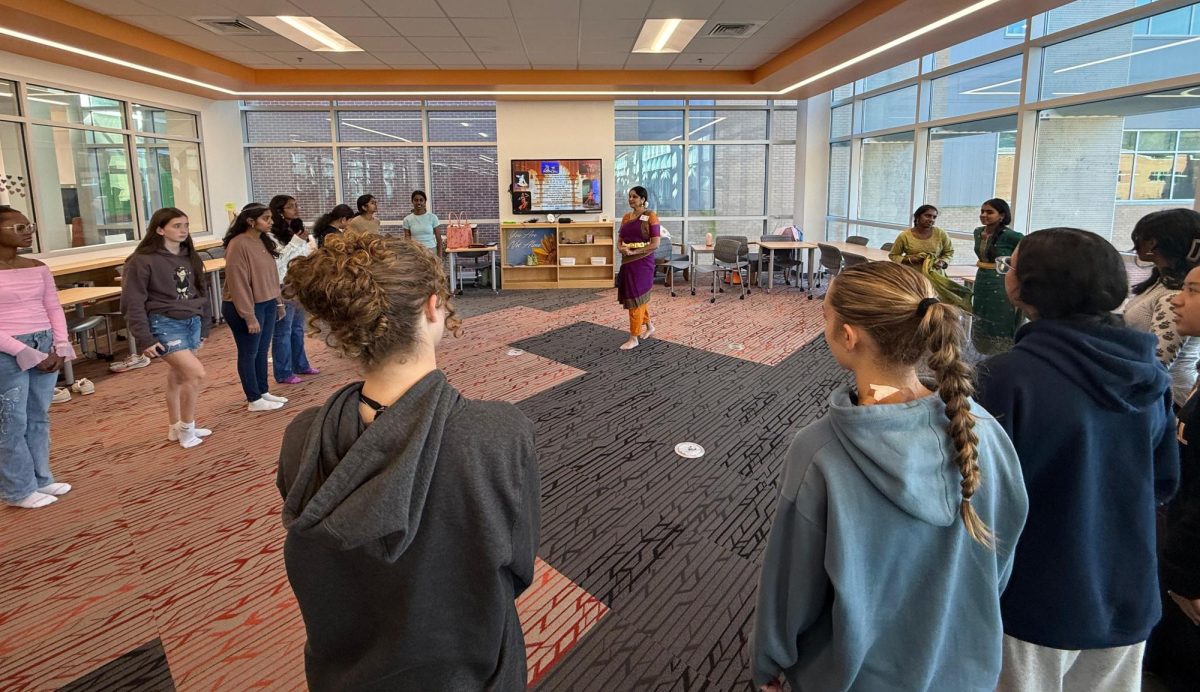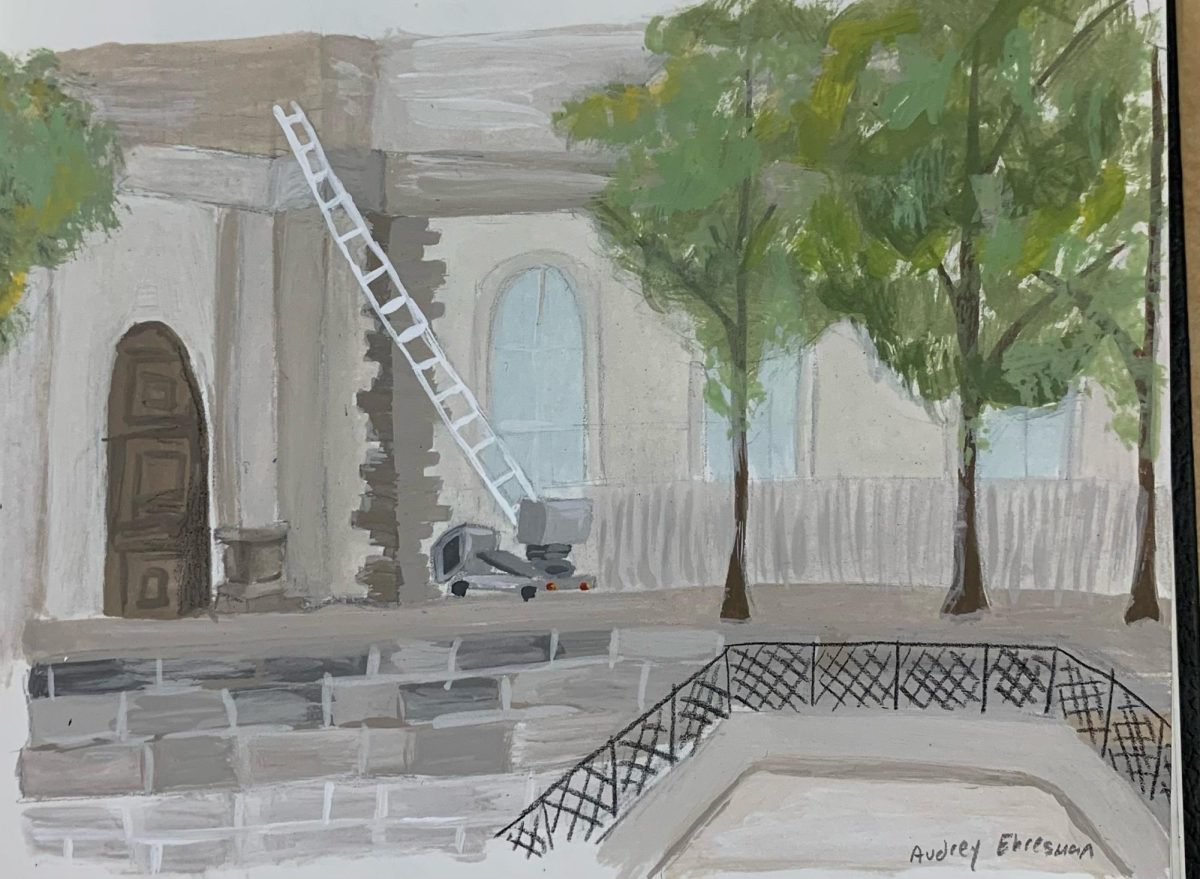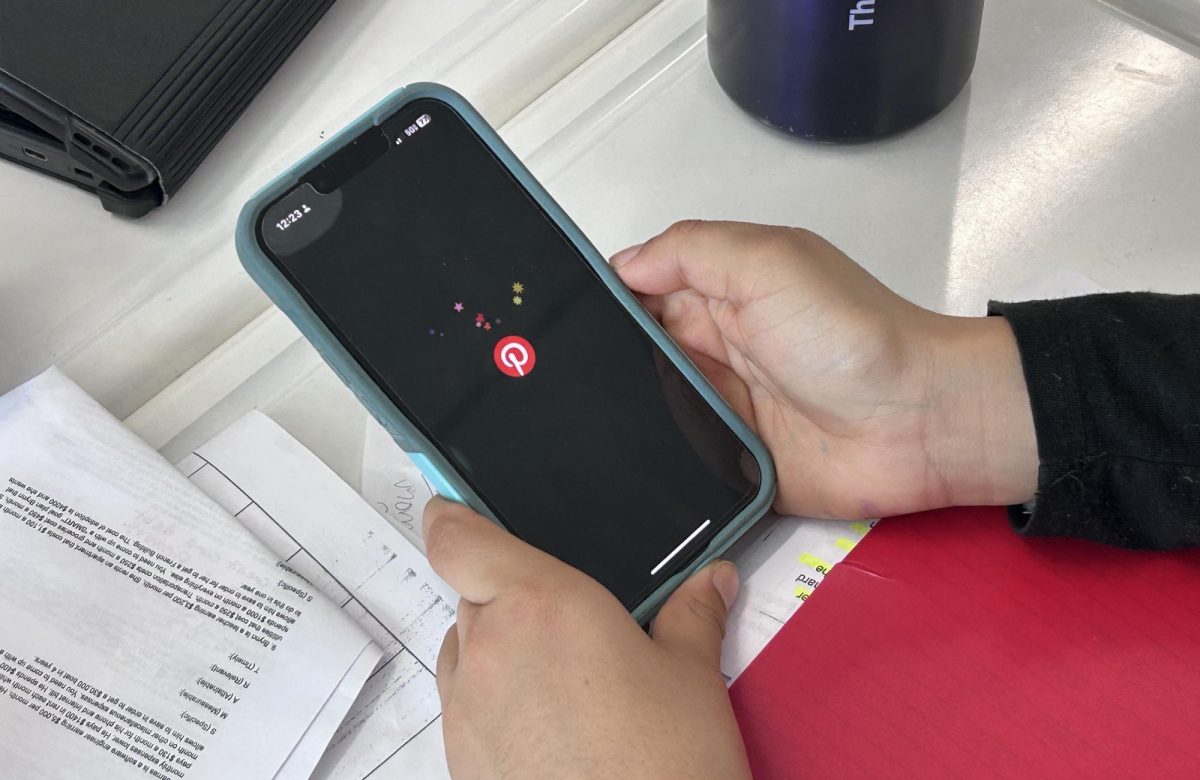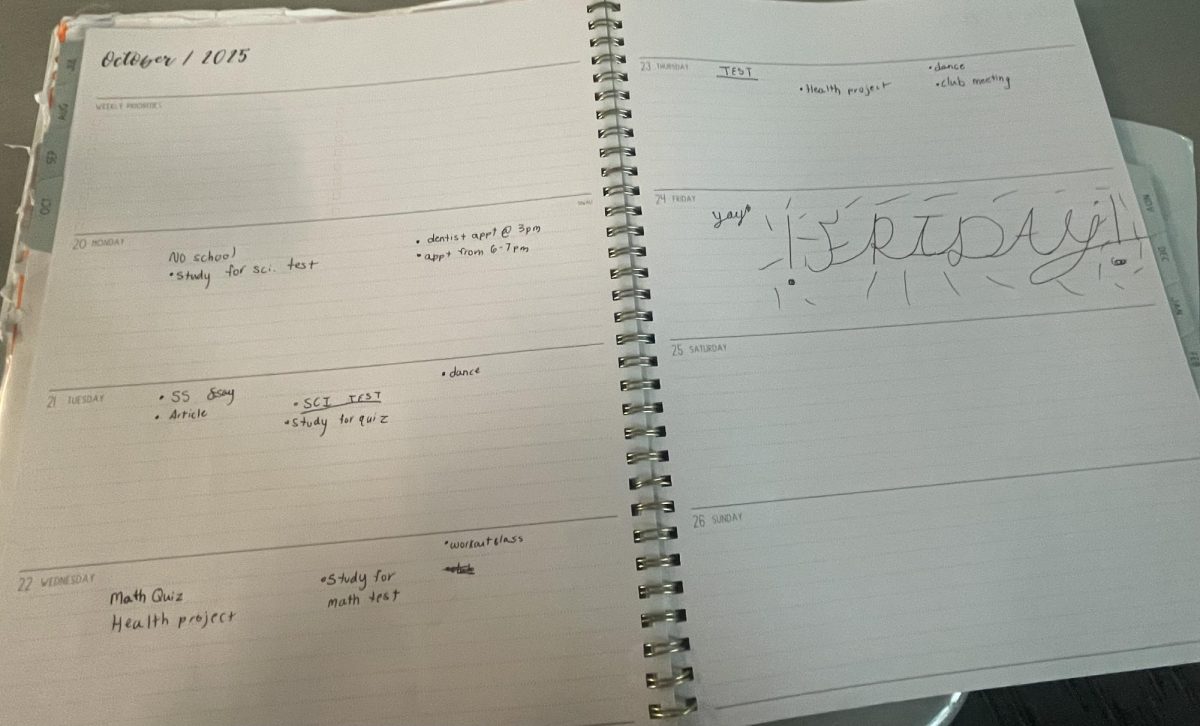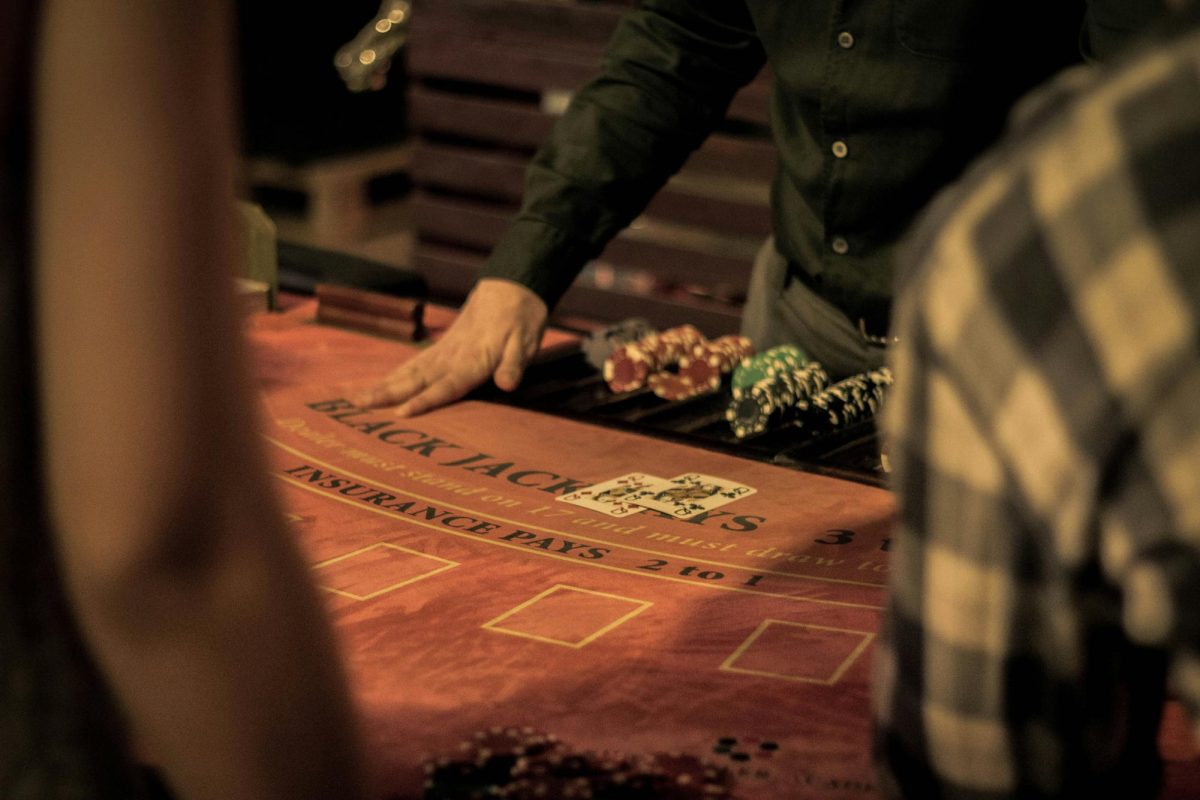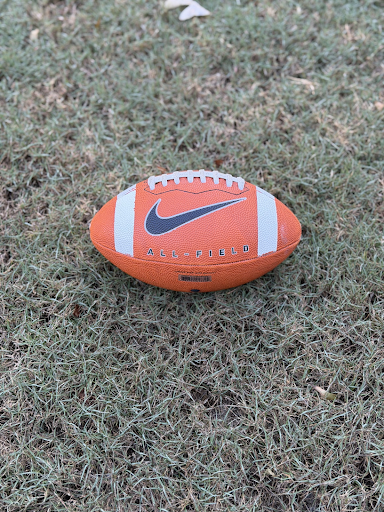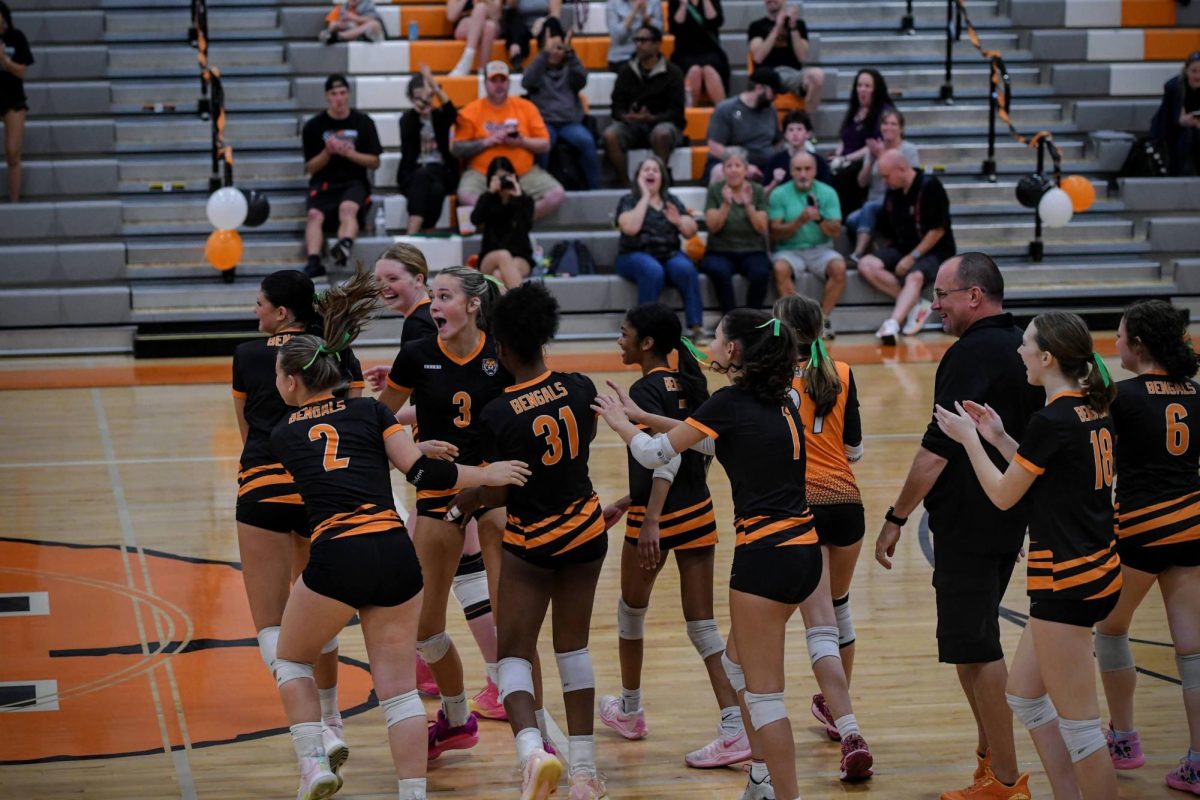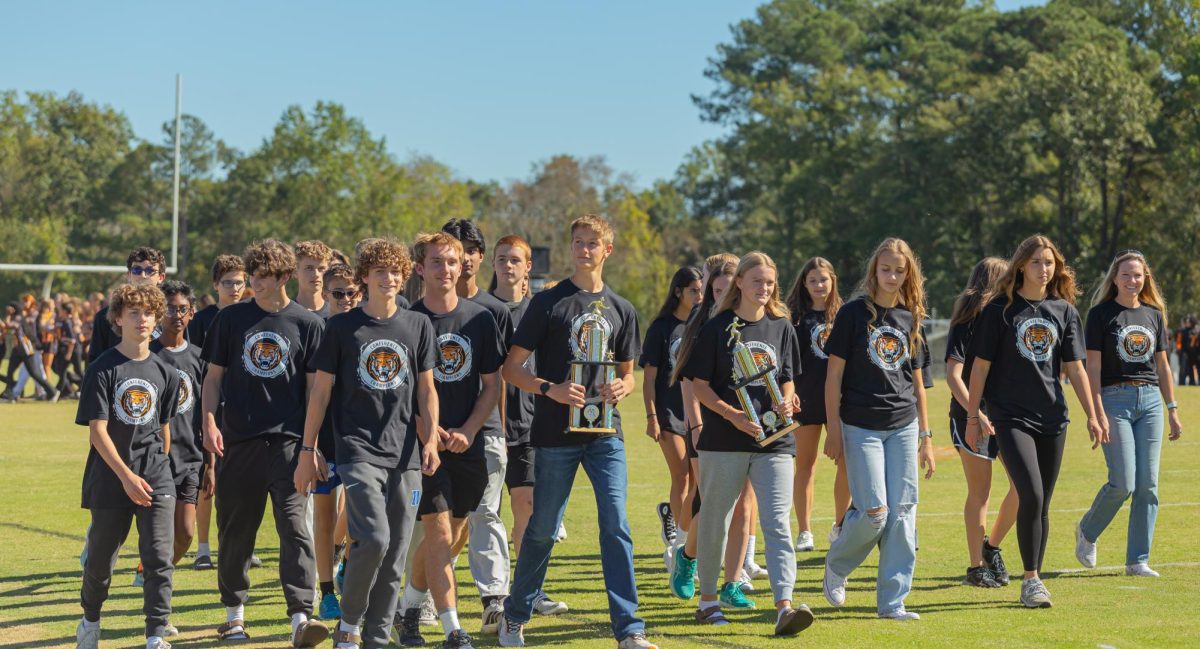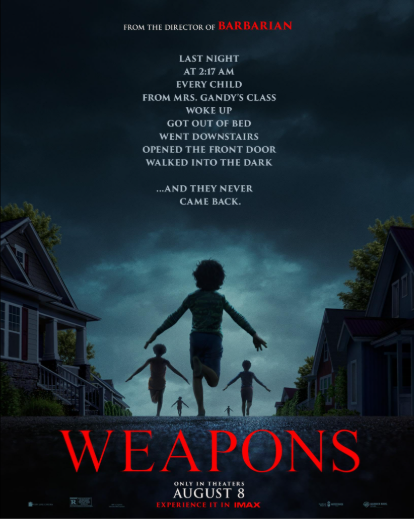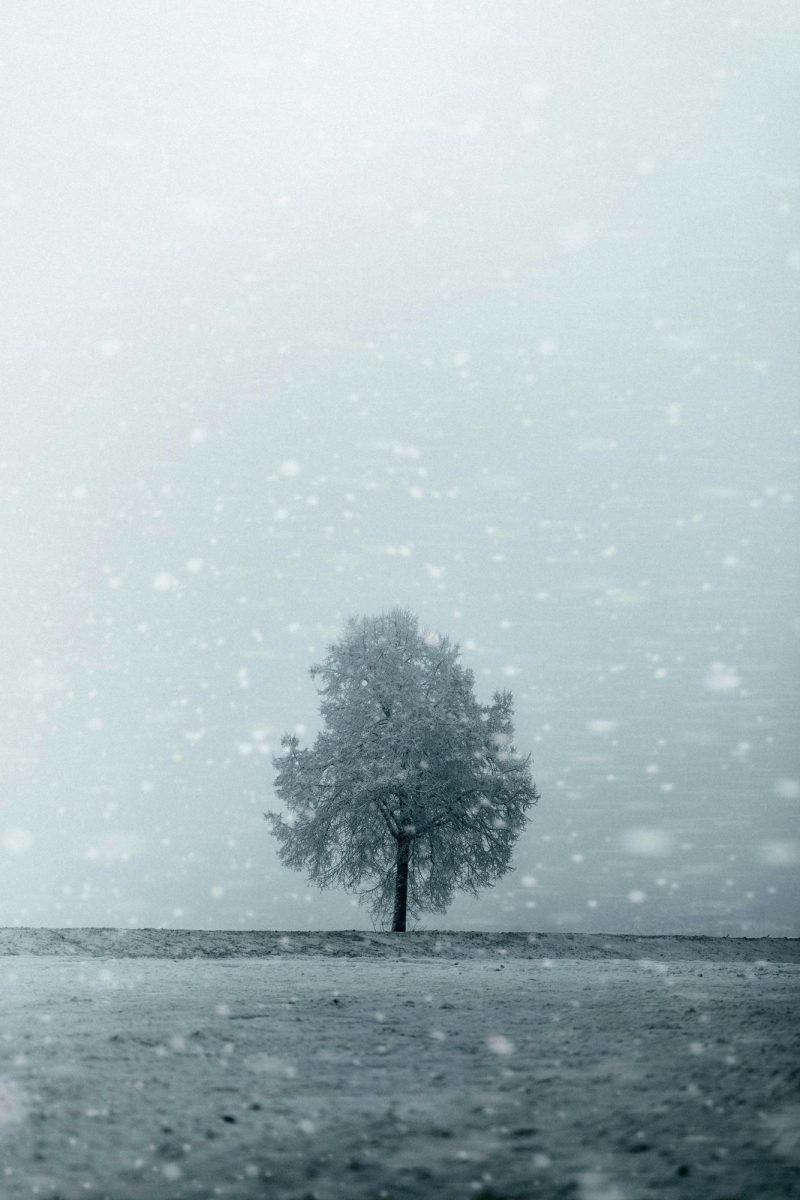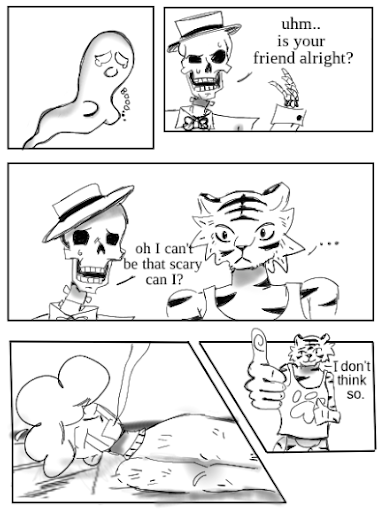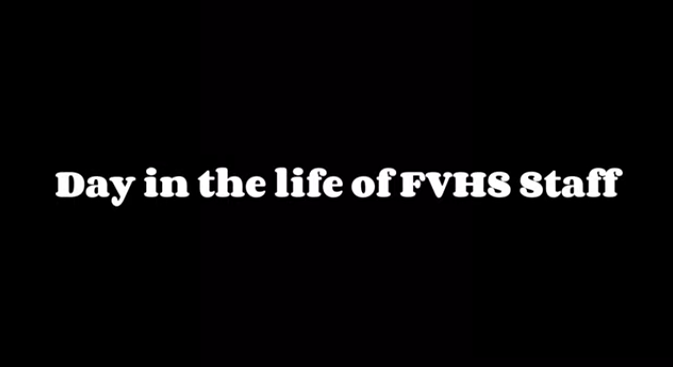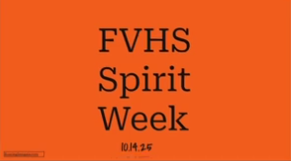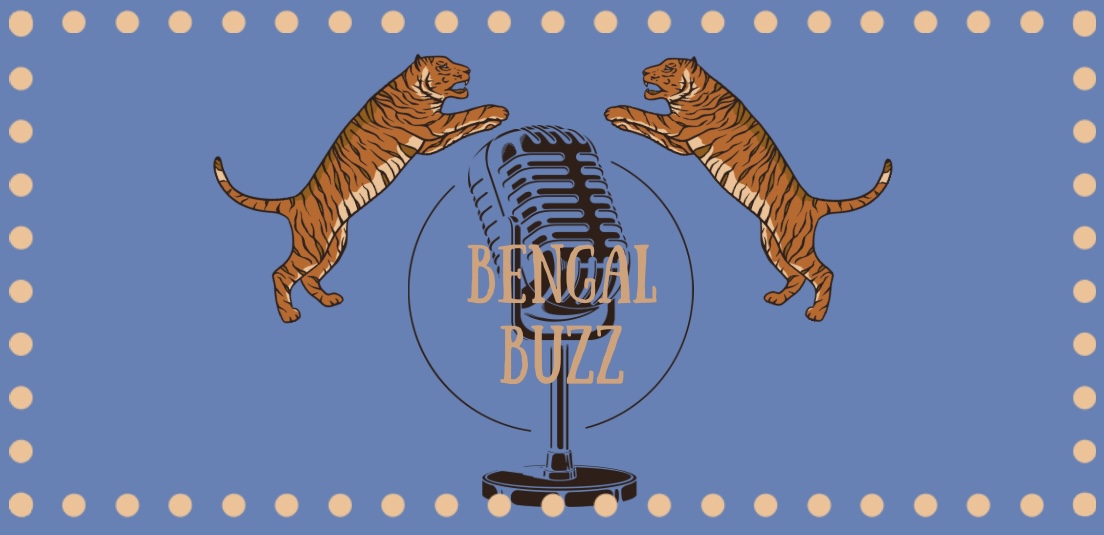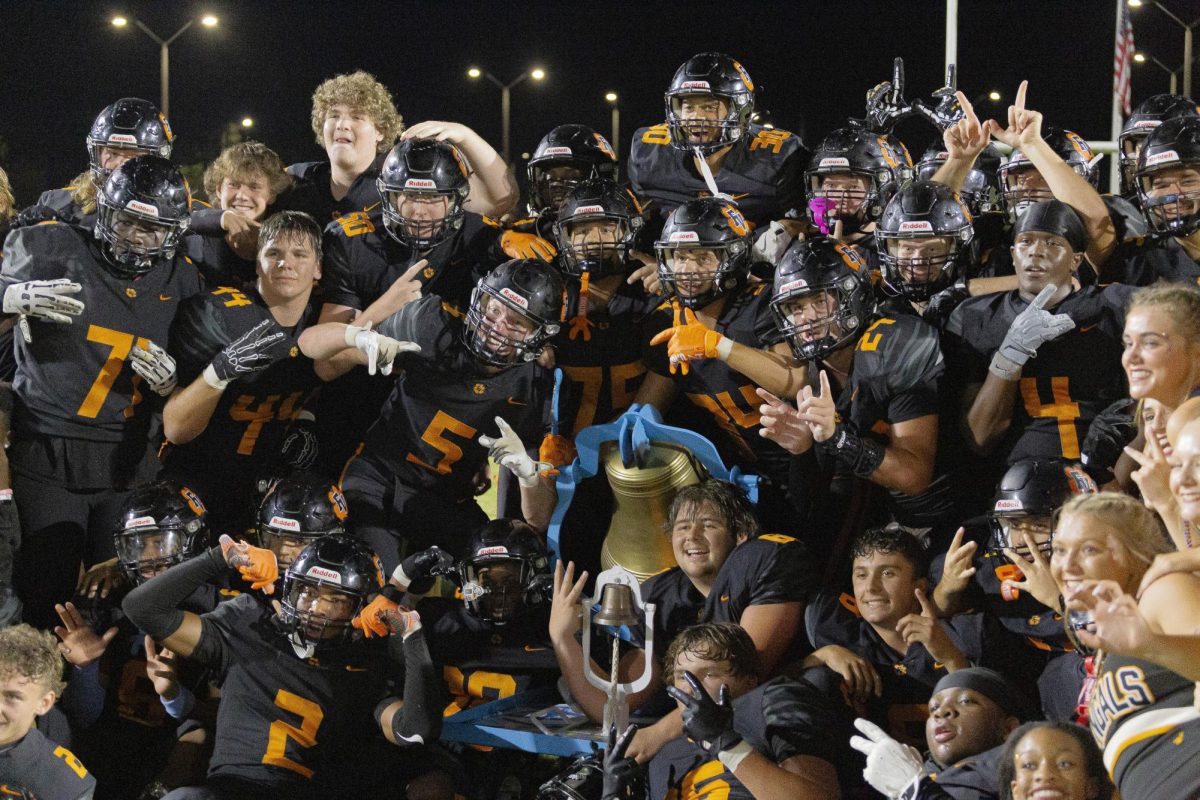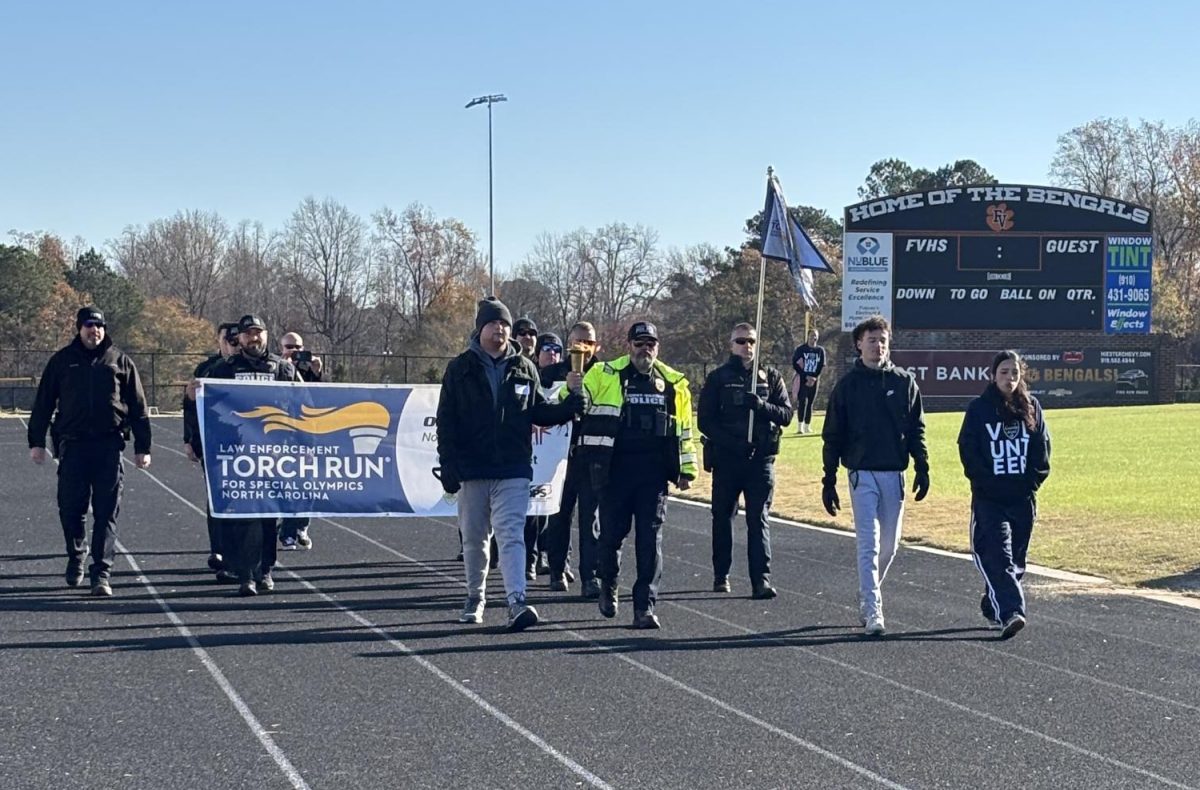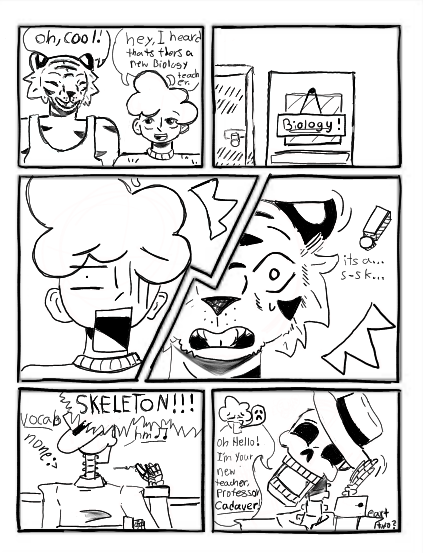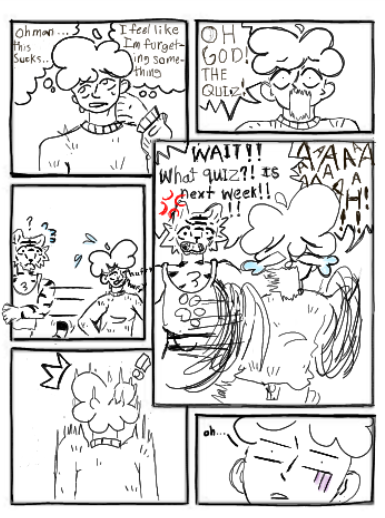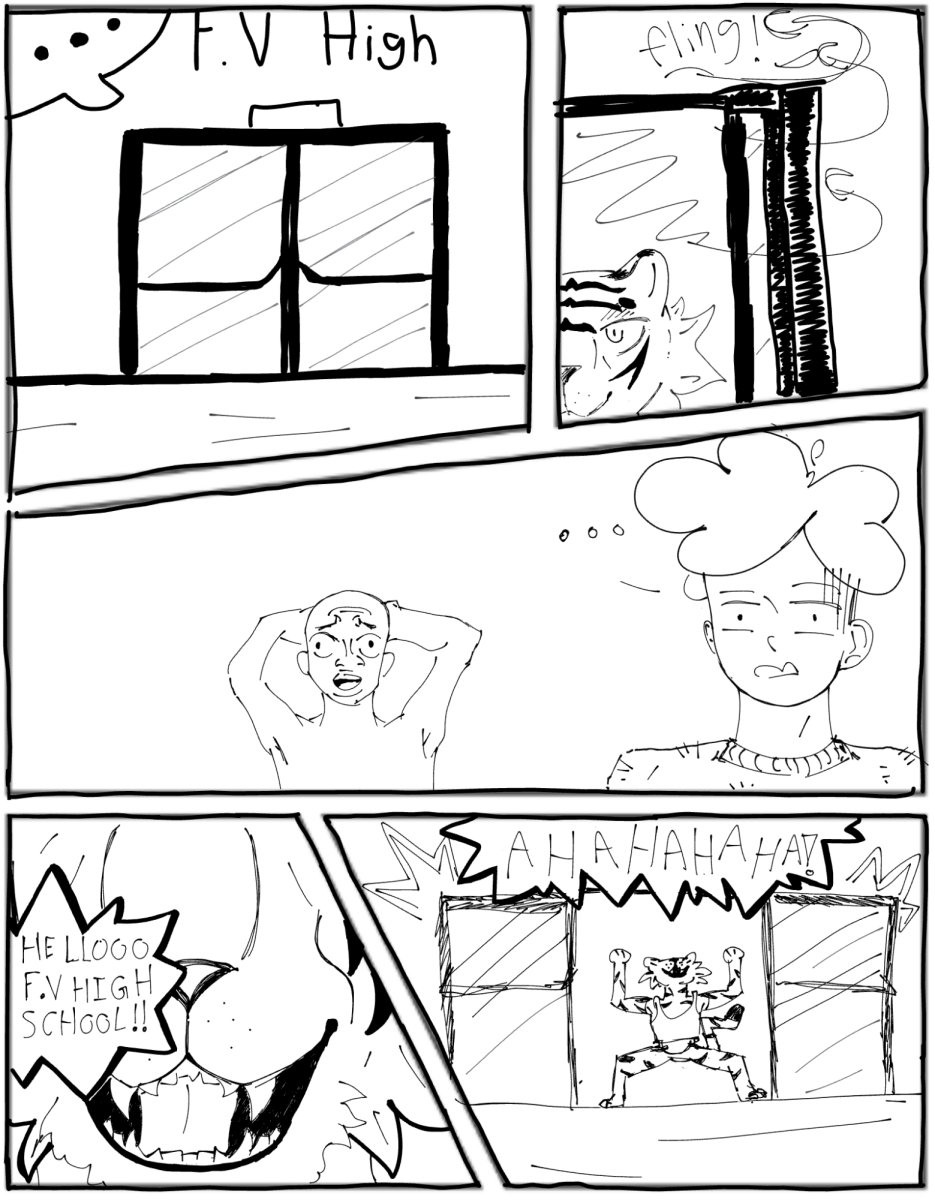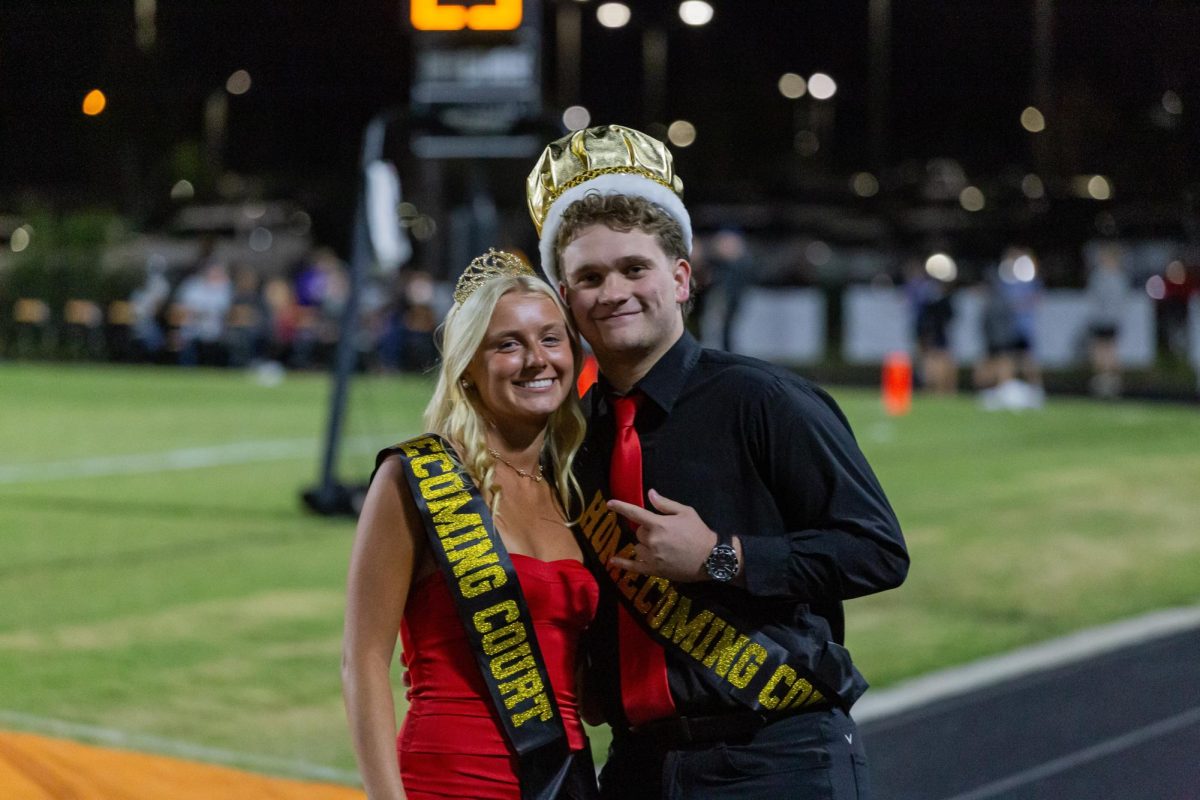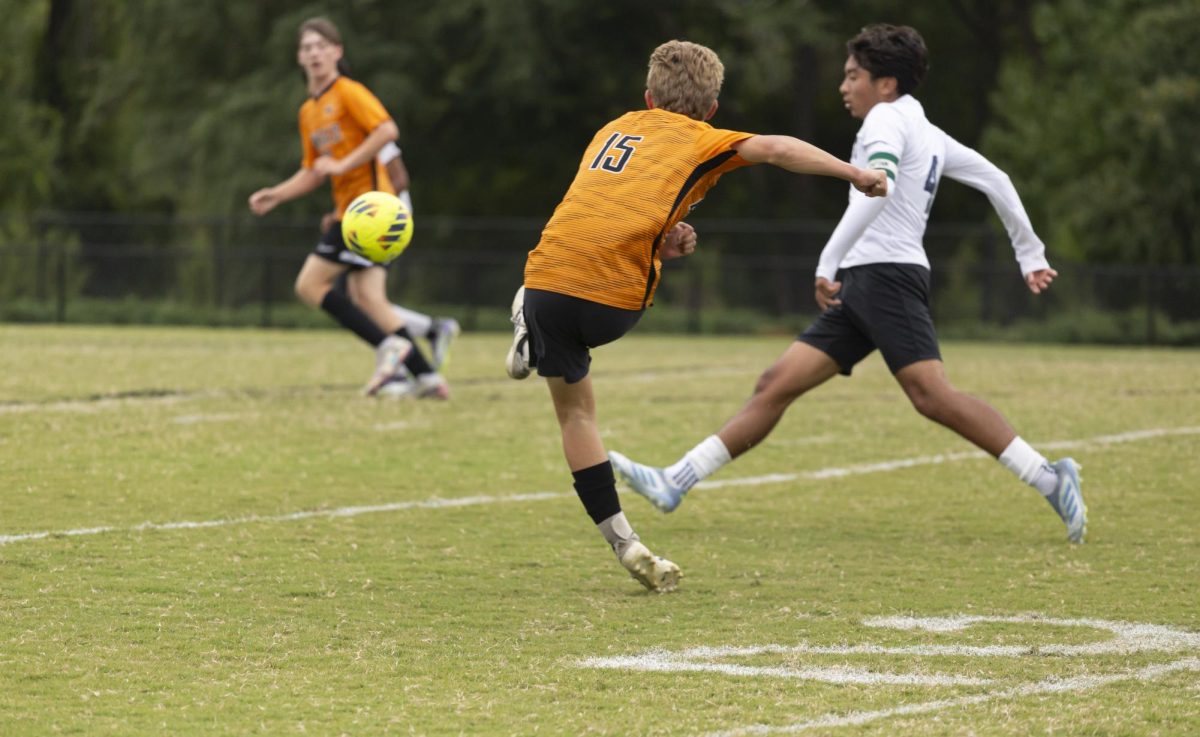College football traditions are the pinnacle of any university. From the whiteout at Penn State to Howard’s Rock at Clemson, these traditions do not even top the craziest ones in CFB history. Here are the three craziest traditions in college football.
The number three spot goes to Oregon, with their mascot, Puddles, doing a pushup for every point the Ducks score throughout the game. This tradition was started by the Clemson Tigers in 1978 after Zach Mills started doing chest push-ups during a match for every point scored.
Since that point, the Oregon Ducks have used Clemson’s tradition, which has become very popular recently after Puddles did 546 pushups in their 81-point performance against Portland State in Week 1 of the 2023 CFB season.
Throughout the 2023-2024 season, Puddles did over 5,000 push-ups and caught the attention of many Oregon and CFB fans.
Coming in at the number two spot is the haka from the University of Hawaii. The haka is a ceremonial dance from the Māori culture that represents passion and pride. The haka has been famous in New Zealand culture for hundreds of years and has since moved across the world, specifically to the Hawaiian Islands.
The Rainbow Warriors adapted the haka back in 2006 from former player Tala Esera who performed the dance on the Kahuku Red Raiders High School football team.
While the tradition has only been in Hawaiian CFB for 18 years, it holds a deeper meaning than just a dance, because it represents a country’s history.
At the number one spot is Syracuse’s tradition of burning the shoes. Burning the shoes started as a tradition when head coach, Dick MacPherson, took over the team in 1982.
After a couple of mediocre seasons, MacPherson wanted to cleanse away the bad games and season, so players would burn their practice cleats at the end of a season.
“It is a grand old tradition at Syracuse, the burning of the shoe. A yearly rebirth of the program,” said Kyle Fetterly, a Syracuse Alumni, via X.
The tradition went on for nearly nine years until the end of MacPherson’s tenure in 1990 after a 7-4 season. In 2005, almost 15 years after MacPherson, Doug Marrone would start the tradition again, and it would pass on for years to come.
All three of these traditions have been the high point of the college experience for years on end. Without CFB traditions, college football fans would not have the same amount of desire to show up every single Saturday and support their team no matter the circumstances.



